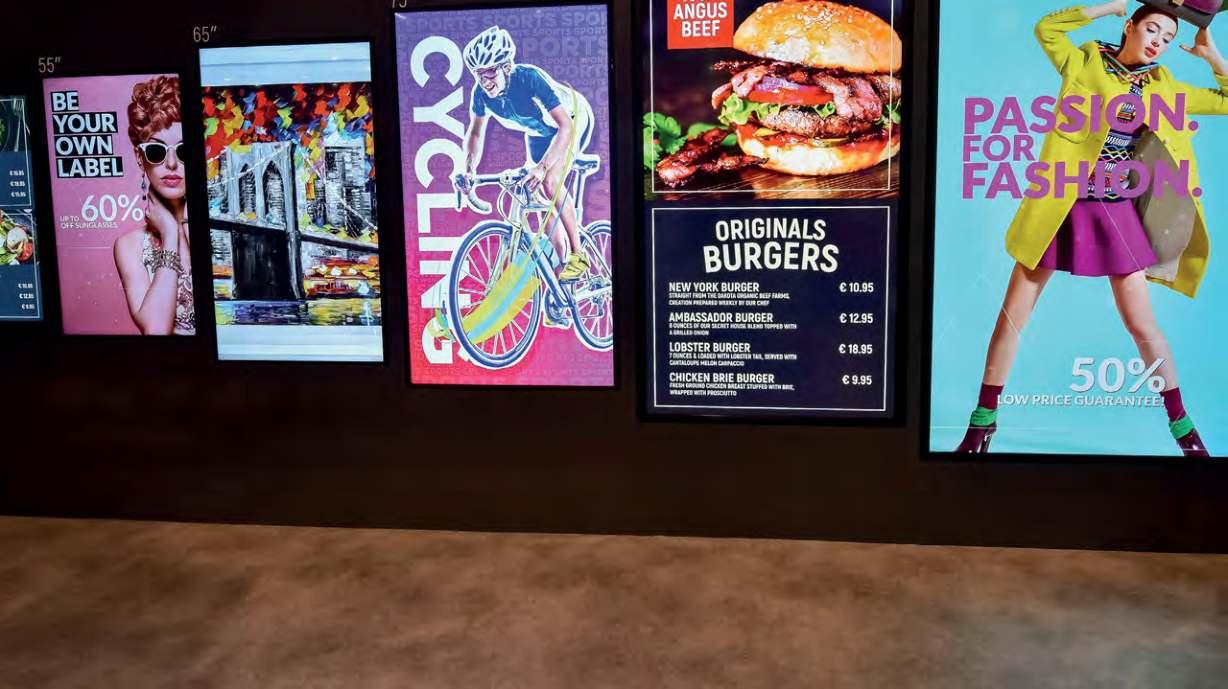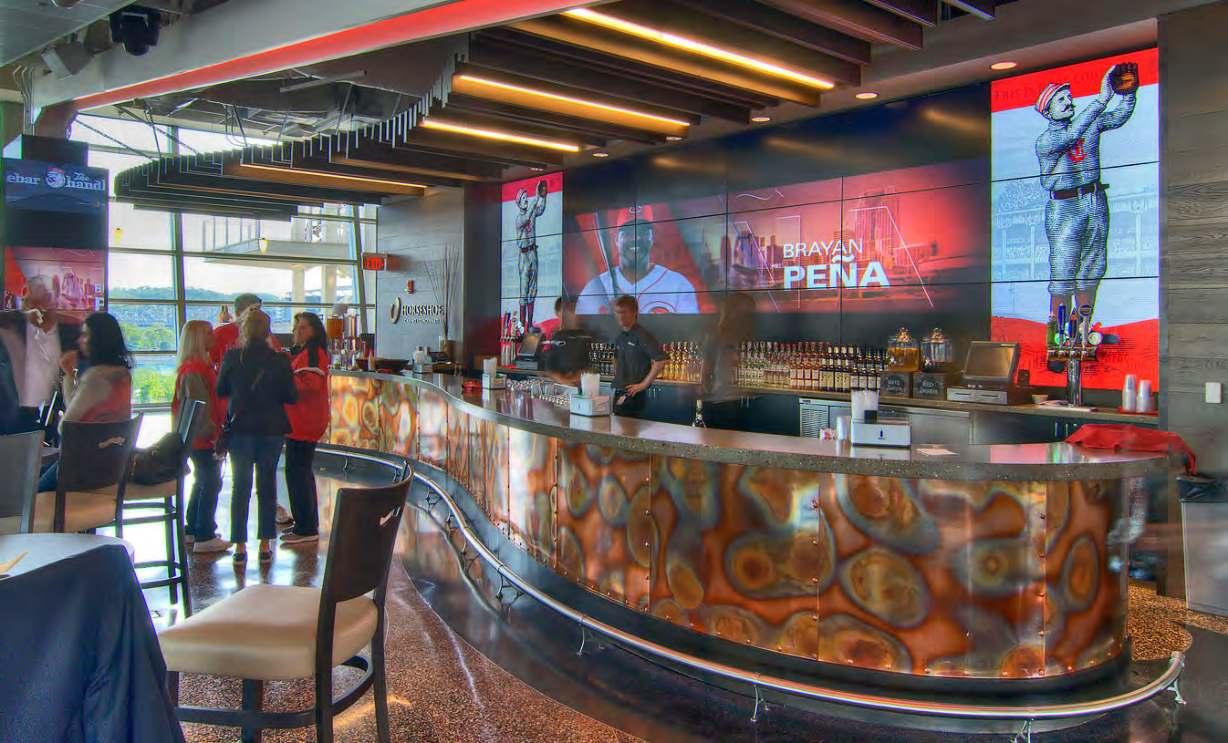
4 minute read
Utilizing Existing Infrastructure and Security
UTILIZING YOUR EXISTING INFRASTRUCTURE AND SECURITY
If your organization already has a reliable infrastructure in place – including a strong, secure wired internet connection and a stable power infrastructure – you’re halfway there. Your technology integrator will then work with you to choose the proper cabling and mounting hardware. Installing your new digital display can be quick and easy or time-consuming, depending on the space’s architecture and power availability. Like your home, power outlets are not always where you need them to be, and you’ll need the services of a professional electrician to remedy that. Likewise, the wall or ceiling you’ve chosen to mount or hang the display from could require some reinforcements to support the added weight. Again, these are all questions your qualified integrator can answer and help you resolve.
Advertisement
SECURITY CONSIDERATIONS
Like any remotely accessible, internetconnected apparatus, digital signage is vulnerable to cyber threats. But physical forces, like unqualified employees with no nefarious intent, are notorious for disrupting the functionality of digital signage, too. The temptation to play the latest video games or catch a major sporting event on giant screens is sometimes overwhelming! Displays that operate in the public sphere also fall victim to incidental and intentional damage – from the desire to touch the screen to physical vandalism to those trying to circumvent the screens’ programming by something as simple as inserting their own thumb drive into an open USB port.
As an IT professional, securing all aspects of hardware is second nature. Digital signage is no different than a physical and network server in this respect. But digital signage is seldom, if ever, locked up in a server room. So, the ultimate goal is to prevent or hinder anyone from just walking up to it and disrupting its functions.
LOCKING DOWN YOUR DISPLAY IN ITS PHYSICAL LOCATION
As an IT manager charged with installing and protecting your company’s digital signage investment, your first concern is its physical location. Imagine you’ve invested in a shiny new Porsche. Your partner wants to drive it. You’re petrified your kids are going to take it out for midnight cruises when you’re sleeping. You can’t keep it locked away in a garage somewhere because it’s your car, and it begs to be driven. You can hide the keys, but after that, the best you can hope for is the vehicle’s anti-theft devices work; you remember to lock the doors, and a runaway shopping cart doesn’t ding it when you’re picking up groceries.
Like an automobile, there are ways to keep your display investment reasonably protected against physical misuse.
If your digital display is installed or will be installed within arms’ reach of the public or internal employees, take steps to discourage those who would be inclined to tamper with it. This can include mounting or hanging it higher than the average person can reach. A tempered glass or Perspex screen protector around it is a relatively inexpensive way to protect the display from fingerprints, scratches, or worse physical damage. You might also consider a strongly enforced company policy against tampering with the display.
All methods of signal input should either be secured or disabled. This includes USB ports, HDMI ports, Bluetooth, and media players.

NETWORK SECURITY IS A MUST!
Like any remotely accessible, internetconnected apparatus, digital signage is vulnerable to cyber threats. But physical forces, like unqualified employees with no nefarious intent, are notorious for disrupting the functionality of digital signage, too. The temptation to play the latest video games or catch a major sporting event on giant screens is sometimes overwhelming! Displays that operate in the public sphere also fall victim to incidental and intentional damage – from the desire to touch the screen to physical vandalism to those trying to circumvent the screens’ programming by something as simple as inserting their own thumb drive into an open USB port.
Security on the network is the second thing to keep an eye on. If you don’t take precautions here, your entire digital signage communications network could be compromised, leading to attacks on your data center, potentially exposing information on personnel and sensitive data stored on systems that communicate with the network or shared servers. As an IT professional, you’re well aware of the damage hackers can do to a network. But because installing and securing digital signage is wrought with unique challenges, here is a checklist to consider when securing your company’s digital investment:

Has your information security staff scanned your network for vulnerabilities?
Does your network undergo regular vulnerability scans?
Have you enabled the firewall on your network and any devices connected to it?
Is the system regularly monitored for health?
Do you treat your media players, the devices that serve the display’s content, as managed devices or appliances?
One might think these are no-brainers, but it’s surprising how many high-profile companies have left their digital signage networks with little to no security and paid the price for it. The rule should be to treat your networked and non-networked displays as you would any other part of your secured ecosystem. This includes using strong encryption when accessing them, secure passwords, and updating software as required.





